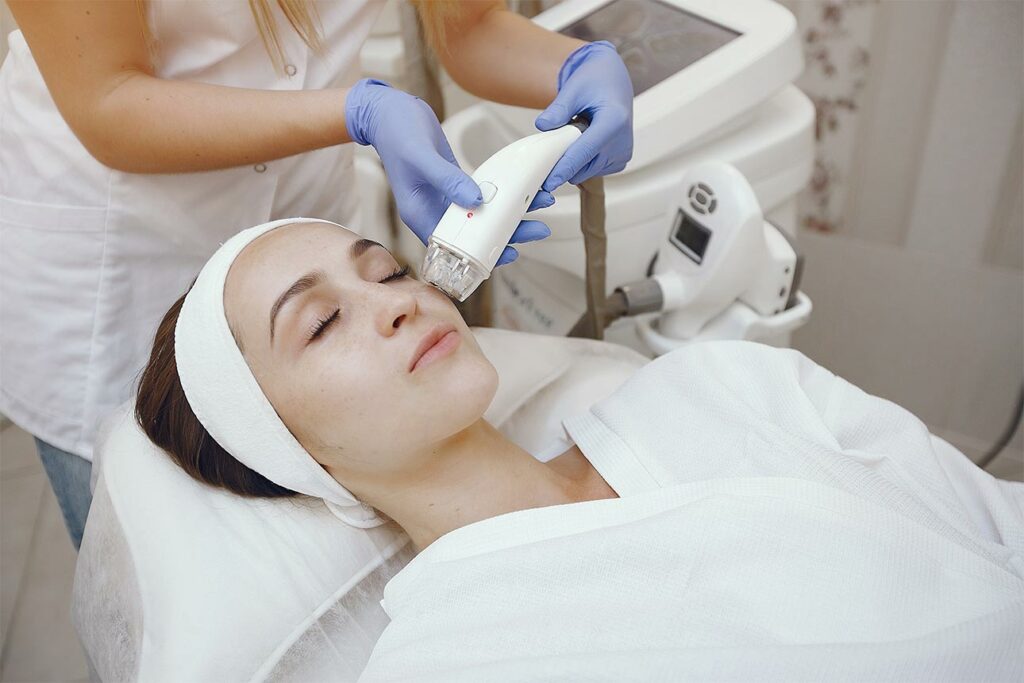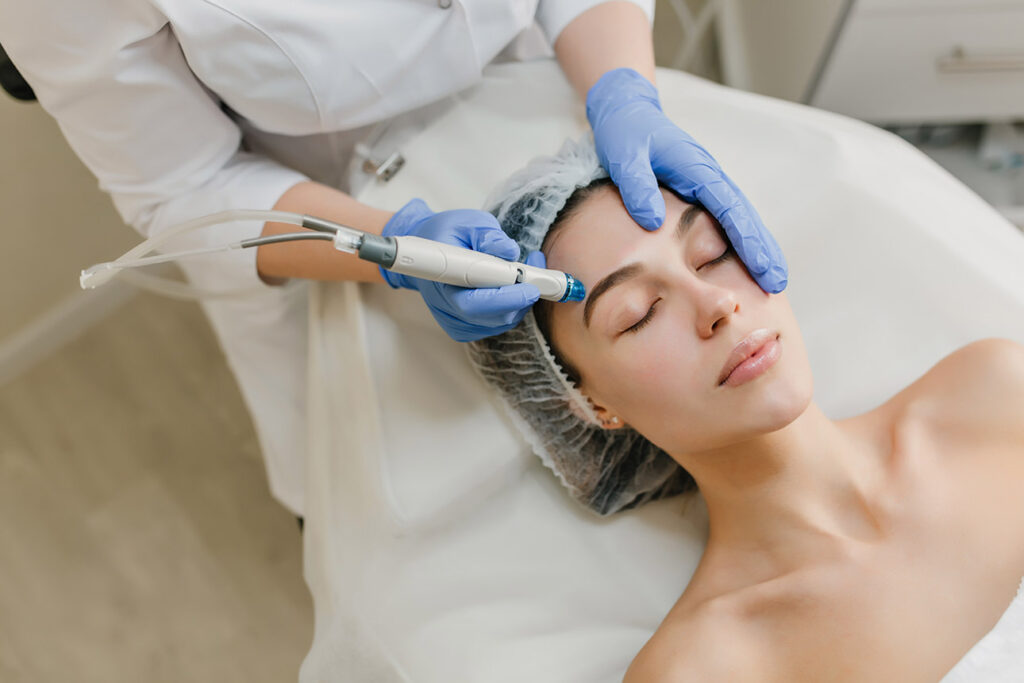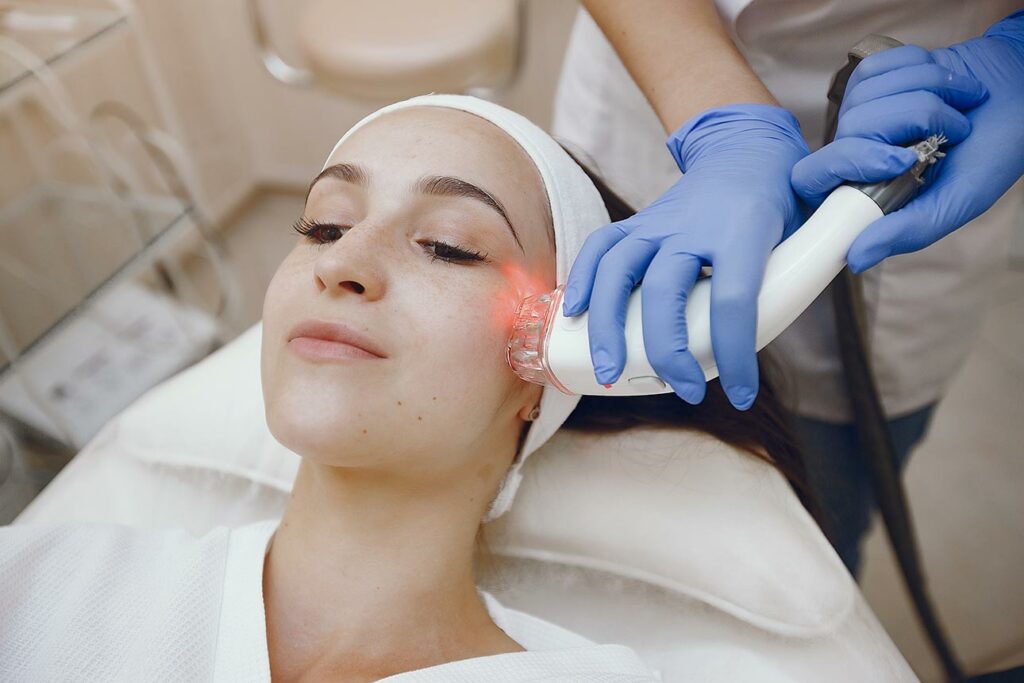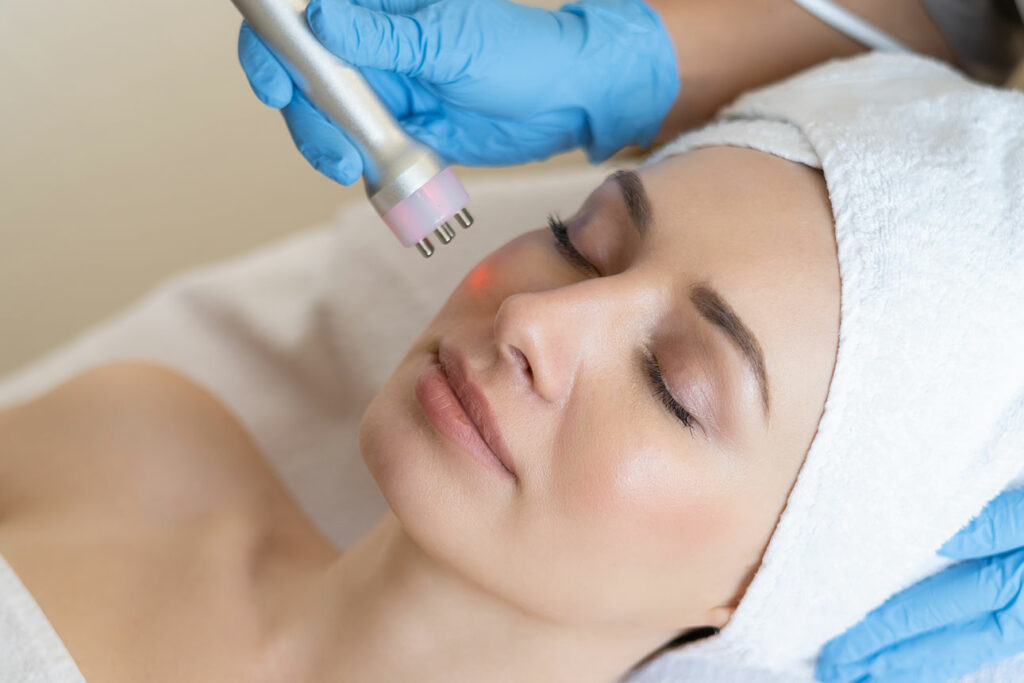Laser skin resurfacing is a cosmetic procedure that uses laser technology to improve the appearance and texture of the skin. It works by removing the outer layers of skin to reveal smoother, younger-looking skin underneath. This procedure can help address a variety of skin concerns, such as:
How you prepare
Before your laser resurfacing, a member of your healthcare team:
Asks about your medical history
Be prepared to answer questions about current and past medical conditions and any medicines you are taking or have recently taken. You also might be asked about previous cosmetic procedures you’ve had and how you react to sun exposure. For example, do you burn easily? Rarely?
Does a physical exam
Be prepared to answer questions about current and past medical conditions and any medicines you are taking or have recently taken. You also might be asked about previous cosmetic procedures you’ve had and how you react to sun exposure. For example, do you burn easily? Rarely?
Talks with you about your expectations
Be prepared to answer questions about current and past medical conditions and any medicines you are taking or have recently taken. You also might be asked about previous cosmetic procedures you’ve had and how you react to sun exposure. For example, do you burn easily? Rarely?
What you can expect
Laser resurfacing is often done in a clinic. This is sometimes referred to as an outpatient procedure because it’s not done in a hospital. Your care team numbs the skin with medicine. For treatment to the whole face, your care team might give you a medicine to help you feel calm or less anxious. This is called sedation.
During ablative laser resurfacing, an intense beam of light energy is directed at your skin. This laser beam destroys the outer layer of skin, also called the epidermis. At the same time, the laser heats the underlying skin, called the dermis. This stimulates collagen production over time, resulting in smoother skin.
Ablative laser resurfacing typically takes between 30 minutes and two hours, depending on the technique used and the size of the area treated. When done without a fractional laser, this approach usually needs only one treatment. If you’re undergoing nonablative laser treatment or fractional Er:YAG laser resurfacing, you’ll likely need 2 to 4 treatments scheduled over weeks or months to get the results you’re looking for.









